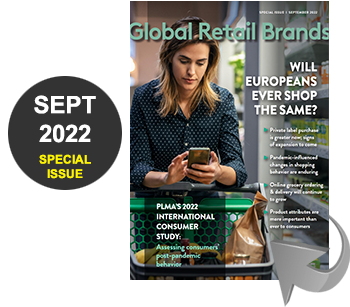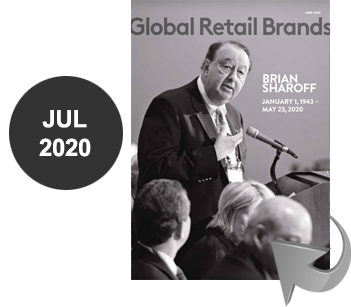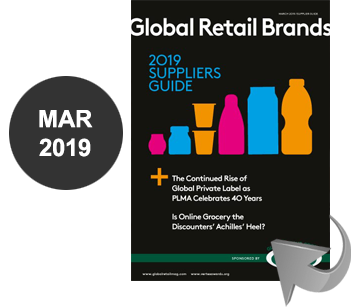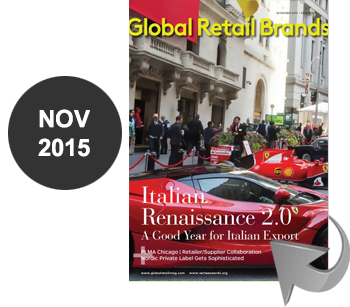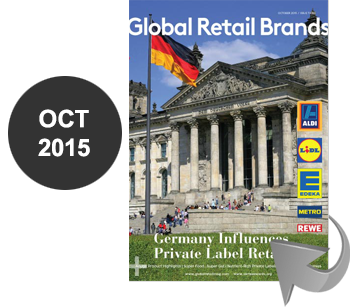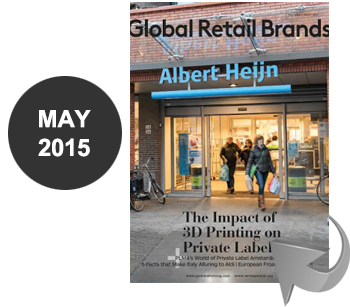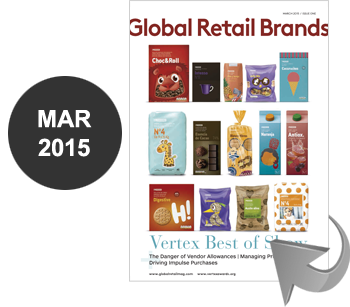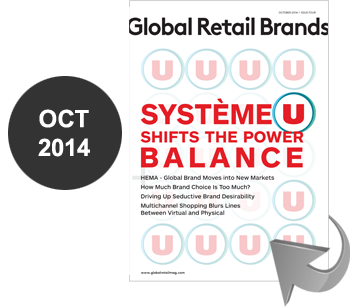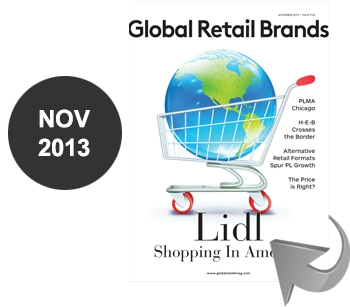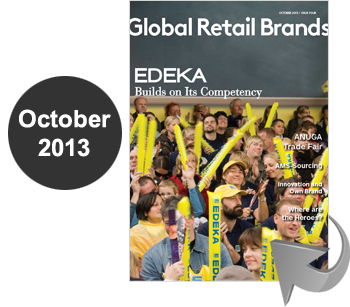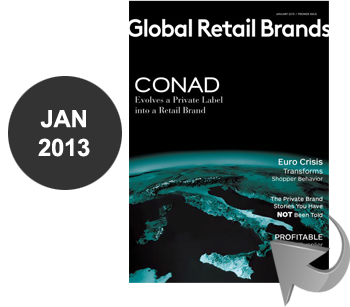
With the world’s largest population, second largest GDP, and a rapidly growing middle class, China represents a practically unlimited opportunity for brands that can create relevance for consumers. The question is how to find the sweet spot in a region that has been developing faster than many brands can adapt.
Late summer, 2015, news of a slump in the Chinese stock market led to predictions of an economic slowdown that some feared would put an end to the strong growth that many brands in China have enjoyed for years. Around the same time, reports of new marketing regulations and tougher penalties for bad behavior added more fuel to the fire.
Is this the end of the China market as we know it? And what does all of this mean for my brand? We believe it could mean unprecedented opportunity. It’s all a matter of perspective.
Economic Slowdown >>
Growth has slowed but hasn’t stopped. Per-capita income has grown at 11 percent annually since 2010, and even in the wake of the slowdown the government’s five-year GDP growth target still outpaces the Western world at a robust 6.5 percent. This continuing growth in personal wealth is contributing to a fairly quick recovery in property sales – a cornerstone of the economy. At the same time, it’s enabling personal consumption, which is projected to grow 9 percent annually through 2020, to pick up slack from areas of the economy in decline such as mining and construction.
Looking through a different lens, this can be regarded not so much as a slowdown as China’s shift to a consumption-based model and an adjustment to the realities that marketdriven economies face. In other words, it’s the emergence of China’s new normal.
The slowdown in economic growth has had minimal effect on consumer lifestyles. One reason is that the Chinese have always been cautious – among the world’s most diligent savers. And they have rising incomes to be cautious with. Consumption among the emerging middle and middle classes is projected to grow at 5 percent through 2020. For the upper middle class and affluent, that figure more than triples to 17 percent.
All of this is good news for brands. Retail sales are on the rise, as exemplified by Alibaba’s record-breaking sales of US $14.3 billion during the recent Singles Day extravaganza – an increase of 60 percent compared to the previous year. Local Chinese brands, in particular, are experiencing strong growth. The “made in China” stigma is disappearing at home and abroad, and local brands are gaining confidence in their ability to compete against their global counterparts.
 Perspectives on New Regulatory Legislation >>
Perspectives on New Regulatory Legislation >>
The “new” legislation isn’t actually all that new. It is an expansion and clarification of existing rules, together with a more detailed directive on how these rules can and will be enforced. In a market that has been repeatedly challenged by news stories exposing critical quality and safety issues, these rules are designed to protect consumers in ways Western brands have long been used to.
The rules range from prohibiting the use of China’s flag in advertising to regulating the placement of ads on school buses. There are specific guidelines around truthfulness in price, origin, ingredients and functional claims.
Far from hindering commerce, these are necessary measures to promote responsibility and fair competition in a market that is shifting to a consumer economy.
Brand owners are responding the only way they can for sustainable brand development and growth: Compliance. It is no longer sufficient – or even possible – to bombard consumers with hyperbole and broad Jonathan Turner, General Manager, Brandimage Greater China / China, Land of Opportunity: Meeting New Challenges with a New Consumer Focus 70 global retail brands / MAY 2016 70-71.CHINA 4.indd 70 5/9/16 1:14 AM messaging. Brands must dig deeper to identify key rational and emotional benefits and be declarative about them.
New Opportunities >>
Reactions to these economic and legislative developments do not need to be mutually exclusive. Both imply that the days of a “scattershot” approach to marketing in China are over. Marketing efforts need to become smarter, more creative, more nuanced and more focused – not only to tick boxes on legislative requirements but also to make every marketing dollar work harder in a more challenging economic environment.
Most importantly, brand managers need to recognize the true source of these recent challenges. Chinese consumers are gaining more purchasing power than ever before. They’re eager to express their individuality and independence. They have more options and want to make informed choices.
As a broad class of newly empowered Chinese consumers grows to become a predominant economic force, local and global brands can create new opportunities by making some key strategic adjustments.
Brand Portfolios Must Become More Streamlined and Efficient >>
Brands need to move away from the often-sprawling portfolios that have grown based on the old fallacy that “more brands + more products = more sales.” Chinese brands, in particular, have much to learn from their Western counterparts in defining a brand essence and strengthening the brand core.
Instead of offering dozens or even hundreds of “me too” products, brands should focus on the products that truly drive ROI, creating a coherent identity around these products that is distinctive and differentiated from the competition.
One example of this is Huishan Dairy. In a market where differentiation can be challenging and food safety scandals have made headlines, Huishan draws inspiration from Western brands. Its “grass to glass” positioning promises superior product quality and safety thanks to the company’s wholly owned farms and high-nutrition feeds. Huishan has even invested in a large herd of Jersey cows – the first of these premium milk cows ever to set hoof in China.
Brands Must be Functionally Credible and Emotionally Relevant >>
Brands shouldn’t require new legislation to keep them from making extravagant or irrelevant claims. But increasingly sophisticated consumers in a maturing market can see right through dubious claims. They’re looking for brands that offer a relevant dialog, tapping into their emotions and aspirations.
One notable example is Uni- President. Seeing an opportunity to revitalize China’s cold tea segment, Uni-President launched its ready-todrink Xiao Ming Tong Xue tea in the first half of 2015. Aimed squarely at Chinese teens and young adults, this all-new cold-pressed tea product with its playful packaging and cheeky, streetwise marketing quickly became a hit in China.
The product name itself, “Xiao Ming Tong Xue,” creates relevance through intertwined meanings that engage a youthful audience:
- “Xiao Ming” is a homonym of a John Doe-type name that appears in all children’s schoolbooks and on exam questions – for example, “If Xiao Ming eats one-third of his apples, how many does he have left?”
- The Chinese character designating “Ming” is also a word that describes the tender shoots of tea leaves.
- “Tong Xue” means “classmate.”
Bold, cartoon-like packaging portrays multiple, youthful characters that come to life across the marketing mix. Most importantly, they’re integrated seamlessly into the digital channels of choice for Chinese youngsters, with viral clips and “memes” that emulate the attentiongrabbing characters of trendy brands such as Qoo or Minions.
Uni-President understands that the cold tea segment still has unrealized potential, and is transforming it into a ubiquitous product by tapping into the emotions and attitudes of China’s youth.
East Meets West >>
Chinese brands can learn from global brands how to be more relevant on a personal level. Western brands can learn from their Chinese counterparts how to engage on a local level. The key is to understand that consumers, wherever they may be, aren’t really all that different. They want to acknowledge their shared roots, but flower in their own individual way.
The most successful Western brands know how to express their core values. But their globally calculated innovation processes may miss opportunities to reach newly empowered individuals in locally diverse Chinese markets.
Conversely, successful Chinese brands understand how to activate new products and campaigns for Chinese audiences. But they often have less well-defined brand cores, hindering the development of smart, efficient and sustainable portfolios.
As consumers gain purchasing power and social influence, the challenges of a consumer-driven market come to the fore.
Does your brand present a clearly focused identity? Are your brand values credible? Is your brand locally and personally relevant? If so, then the state of the economy or the regulatory landscape shouldn’t matter all that much. You’re doing the important work of brand marketing: Meeting people where they live. Wherever they live: East or West.
Jonathan Turner has spent the best part of the past 10 years working with multinational clients in Greater China, driving brand-building and communication for Chinese audiences. Before joining Brandimage, Jonathan led teams for WPP, MetaDesign and boutique marketing and communications agencies. At Brandimage, Jonathan leads a full-service team on multinational and local Chinese accounts including Coca-Cola, Huishan Dairy, AS Watson and Danone. http://www.brand-image.com










